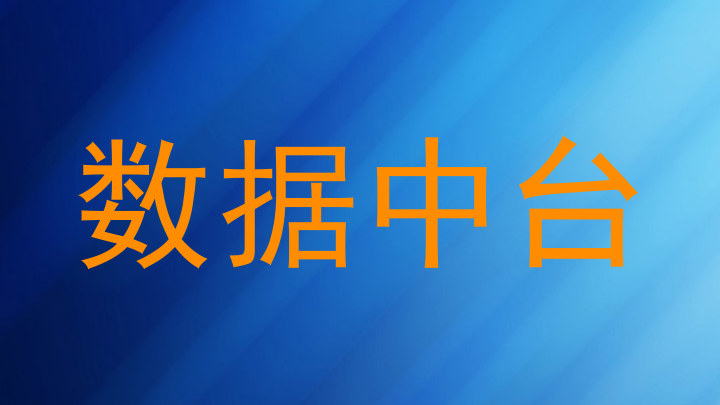Alice
Hello Bob! I've been thinking about how we can use data platforms to improve urban management in Luoyang.
Bob
That sounds interesting, Alice. What specific challenges do you think data platforms could address?
Alice
Well, one major issue is integrating diverse datasets like traffic flow, air quality, and public service usage into a unified system. This requires robust data aggregation capabilities.

Bob
I agree. A 'data mid-platform' or 'data middle layer' could help standardize these datasets for better analysis. Do you have any ideas on implementation?
Alice
Sure! Here's an example of Python code that aggregates data from multiple sources using pandas:
import pandas as pd
# Load datasets
traffic_data = pd.read_csv('traffic.csv')
pollution_data = pd.read_csv('pollution.csv')
# Merge datasets
combined_data = pd.merge(traffic_data, pollution_data, on='timestamp', how='inner')
# Save the result
combined_data.to_csv('combined_data.csv', index=False)
Bob
Great! Once we have this combined dataset, what kind of insights can we derive?
Alice
We can perform time-series analysis to identify correlations between traffic congestion and pollution levels. For instance:
import matplotlib.pyplot as plt
# Plot correlation
plt.figure(figsize=(10,6))
plt.plot(combined_data['timestamp'], combined_data['pollution_level'], label='Pollution')
plt.plot(combined_data['timestamp'], combined_data['traffic_volume'], label='Traffic')
plt.legend()
plt.show()
Bob
This visualization is useful but let’s also think about real-time monitoring. How do we implement that?
Alice
We need a streaming framework like Apache Kafka to handle real-time data ingestion. Here's a basic setup:
# Kafka producer
from kafka import KafkaProducer
producer = KafkaProducer(bootstrap_servers=['localhost:9092'])
def send_message(topic, message):
producer.send(topic, message.encode('utf-8'))
Bob
Excellent! With such tools, Luoyang could become a model city for smart urban planning.
]]>


